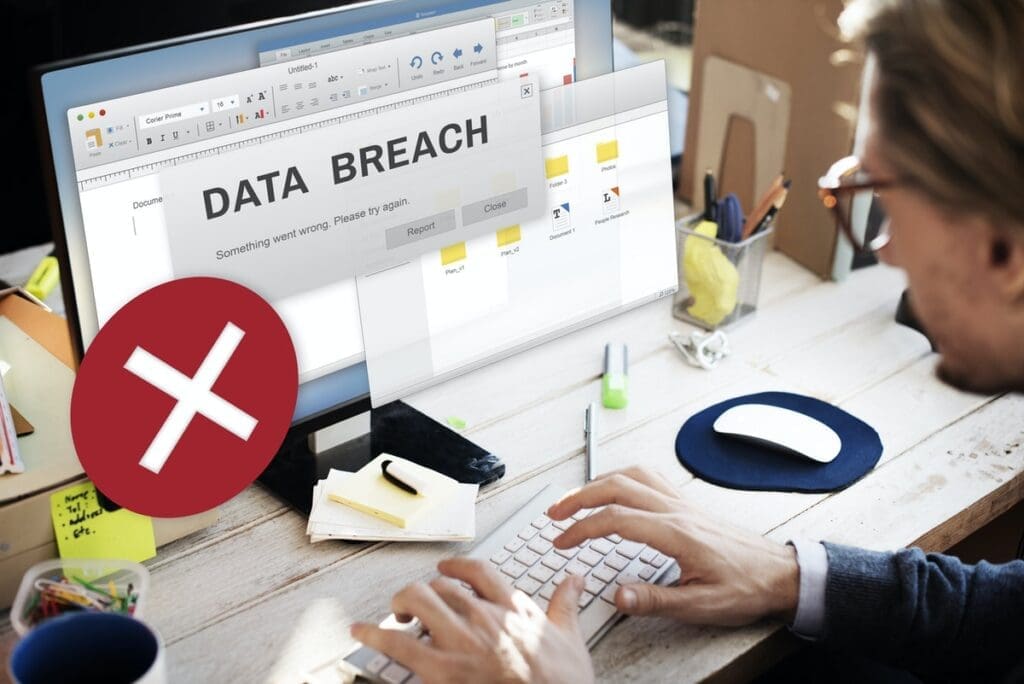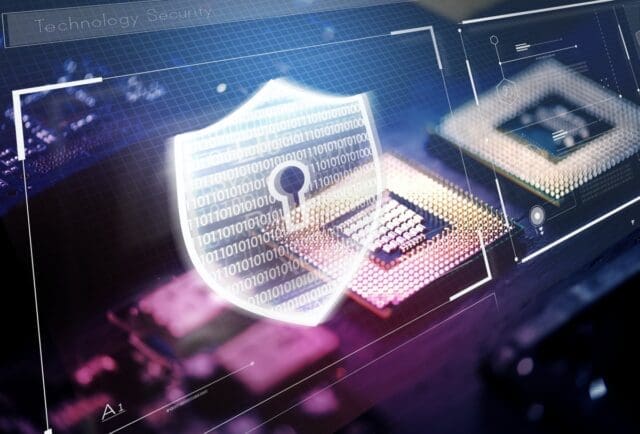The internet plays a crucial role in today’s economy. In other words, the amount of information collected on the internet is the most we’ve ever seen so far. When information is exchanged on the internet, it opens the possibility of being stolen by irresponsible individuals causing a data breach and its consequences. One of the better ways of securing yourself from data breaches come from proxy providers like Smartproxy that mask your connections IP address and prevent users from seeing your data.
Because data breaches often have devastating effects, it’s important to spend the time to learn more about how to prevent them from happening in the first place.
How can you protect yourself from data breaches and identity theft? Keep reading to learn more.
What is a Data Breach
A data breach is when hackers break into a secure network using authorized access without being detected by the system administrators.
Once inside the compromised network, hackers usually steal sensitive information such as passwords, Social Security Numbers, credit card numbers, bank details, and more.
In 2017, Yahoo announced that all 3 billion user accounts had been hacked in what would be the biggest data breach case in human history.
Data breaches happen more often than you think, and they don’t only happen to big companies. Schools, non-profit organizations, government offices, retailers, and hospitals have all been victims of data breaches.
Although there’s no federal law about data breaches, currently, all 50 states, Washington DC, and Puerto Rico have some form of security breach notification laws.
Security breach notification laws or data breach notification laws are laws that require organizations affected by a data breach to notify their customers and take concrete steps to remedy the situation based on the state legislature.
Types of Data Breaches
Distributed Denial-of-Service (DDoS) Attack
What are ddos attacks one might ask. A distributed denial of service attack is a hostile attempt to flood a server with traffic, so no one can access or sign in to the system. Hackers usually use this technique to prevent access to a certain server so they can do their job without interruption. They might also do this simply to be destructive or to try and extort companies/individuals out of money with the promise of removing the excess traffic which crashed their servers in the first place.
Virus or malware
Hackers commonly use viruses and malware to gain access to a computer or a server. Once a virus or malware is inside a host, it can wipe out the entire data, record usernames and passwords, and much more.
A common type of malware is known as ransomware, which locks your computer out unless you pay the hacker.
Employee error
According to a study done by Shred-it, employee error is the main cause of data breaches. If you think about it, hackers are often just one click away from your data.
A common example of employee error is when someone clicks a malicious link in an email that lets hackers gain access to the entire system.
Disgruntled employee
Statistics show that disgruntled employees could be a cybersecurity threat in an organization. Whether it’s a bribe or self-motivated, an unhappy employee who has insider access can easily steal data or plant a virus without others knowing.
Consequences of a Data Breach

Identity Theft
Identity theft is probably one of the most common consequences when a data breach occurs. As mentioned before, hackers could gain access to names, passwords, dates of births, SSNs, addresses, and more. With this information, anyone could open a bank account or apply for credit cards and pretend to be someone else, which is why it’s vital to have the best ID theft protection available.
Financial Loss
According to the Data Breach Report by IBM, the average cost of a data breach in 2020 is more than $3.8 million. Not surprisingly, the United States suffers the highest loss with $8.64 million per data breach.
Trade Secrets and Intellectual Properties
In some cases, hackers would target trade secrets and intellectual properties to gain a competitive edge over business rivals.
The U.S. Department of Commerce estimates $200-$250 billion of intellectual properties are stolen in the nation annually.
Consumer Trust
A data breach could have a long-lasting impact on a company’s brand. A small misstep in network security could cost a company everything.
Consumer trust is crucial for a company’s success, and once lost, it is very difficult to earn back. The most trusted brands in the world understand this concept, and they don’t mind spending a lot of money to make sure their network is secure.
How to Prevent a Data Breach


Whether you like it or not, data breaches will most likely continue to happen in the future. As an entity, we must be ready to combat this constant threat of cyber-attacks.
So the question is, what should a company do after a data breach?
One of the most important things to do when your company becomes a victim of a data breach is following state law.
Security breach laws indicate that you must inform customers or anyone affected and come up with steps to immediately address the situation.
Here are some steps you can take to prevent a data breach in your company:
Educate your employees
Since employees are the biggest threat to data breaches, you can prevent data breaches by educating employees on protecting a company’s data from being hijacked.
They must know all devices, such as cellphones, laptops, and computers, are entry points of an organization’s system. Use extra caution when someone is requesting sensitive information that is not supposed to be shared online.
Make sure all software are up-to-date
Hackers often take advantage of outdated software to gain access to a secure network. Keep close attention to your software to prevent unauthorized access to your system. Avoid using obsolete software that the creator no longer supports.
Keep data backup
It is recommended to keep a data backup in a secure place so you can easily recover everything when something happens. Let’s face it. Data loss happens because of many reasons like viruses, hackers, natural disasters, and more. Keeping a backup of your data and storing it somewhere safe gives you peace of mind knowing you can access the data anytime.
Conclusion
A data breach and its consequences can have a devastating impact on a person or an organization. As we progress through the 21st century, personal data is becoming more and more valuable.
While preventing data breaches completely is very difficult to do, we can educate ourselves on how to prevent our data from being stolen.
Follow the tips above to significantly improve your odds of avoiding cybercriminals whose job is to steal sensitive data from the internet.
Featured Image by rawpixel.com




